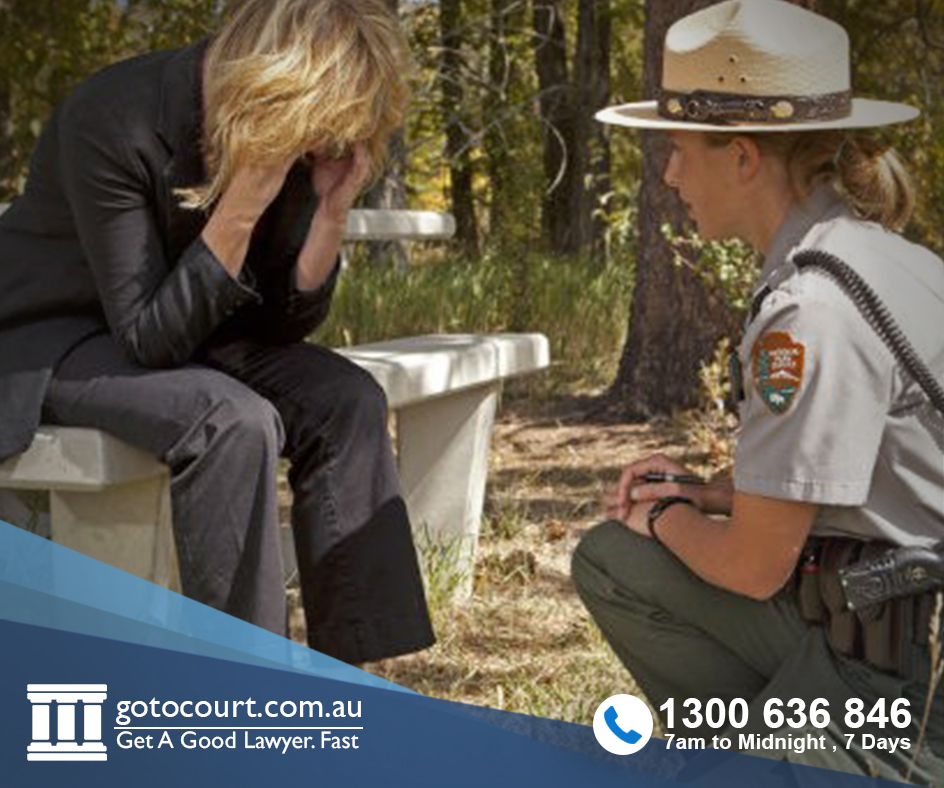Call our lawyers
now
or,
have our lawyers
call you
Battered Woman Syndrome: Women Who Kill Their Abusers
Battered Woman Syndrome: Women Who Kill Their Abusers
Battered Woman Syndrome (BWS) is a psychological term that refers to the altered mental state suffered by women who are victims of domestic violence. The theory, first detailed by Professor Lenore Walker in 1979, posits that victims of domestic violence become caught up in a cycle of violence that causes them to remain in the abusive relationship because of ‘learned helplessness’ .
BWS has become widely accepted by courts over the last three decades and has formed part of successful defences of duress, provocation and most notably self-defence, in cases where victims of domestic violence commit violent offences, including murder.
What is Battered Woman Syndrome
The term Battered Women Syndrome was coined by Professor Lenore Walker after an extensive study of the behaviour of female victims of domestic violence. According to Walker, women suffering BWS, a form of Post-Traumatic Stress Disorder (PTSD), develop low self-esteem and dependence and are conditioned to feel that they cannot defend themselves against their abuser. Walker found that such victims exhibit ‘learned helplessness’ where they become unable to defend themselves and continue to submit to a cycle of violent abuse followed by contrition.
For women in this situation, fighting back against a physically bigger and stronger attacker during an assault is not realistic and such victims, if they do defend themselves, tend to strike during a period where they abuser is subdued and there is no immediate threat to them.
How has Battered Woman Syndrome been treated by courts?
Provocation
In the past, provocation was a valid defence to murder. The defence was based on the idea that a person can lose control in ‘the heat of the moment’ upon being severely provoked. In such a state, so the argument went, a person could commit an act without the presence of rational intention or malice aforethought. An act done in such a state was not morally blameworthy. The defence of provocation was a controversial one and has now been abolished as a full defence in all states and territories. However, in some jurisdictions (New South Wales and South Australia) provocation can still be used as a partial defence, to reduce murder to manslaughter.
When the defence of provocation existed, feminist critics saw it as legitimising violent crimes fueled by the male ego and of sanctioning a disproportionate ‘loss of control’ in these situations. Provocation could be used to exonerate a man who committed murder in the context of being ‘provoked’ by a female partner cheating on him, insulting him or trying to leave him. However, the defence was also at times successfully argued in a way that validated the experience of female victims of domestic violence. Battered Woman Syndrome was used to successfully defend a number of women who killed their abusers on the basis that they had been ‘provoked’ to do so by repeated violence, notwithstanding it being a ‘slow-burn’ situation.
In some jurisdictions, BWS may still be relied on to reduce murder to manslaughter. The principle underlying this is that an act committed whilst in a state of ‘sudden or temporary loss of control’ in response to provocation is less morally blameworthy than a premeditated crime.
Self defence
Self-defence is a full defence to murder. In the last few decades, it has at times been argued that self-defence, as it is traditionally constituted, works in favour of men more than women. This is because in order for self-defence to succeed as a defence it is necessary for an immediate physical threat to be present. Men more commonly kill in the ‘heat of the moment’ than do women. Battered women are unlikely to kill an abuser in the midst of a violent assault. Where a partner has been repeatedly violent to a woman, she is more likely to take action during a hiatus in the violent behaviour, while he is not posing any immediate threat.
The theory of Battered Woman Syndrome has allowed the defence of self-defence to be extended to a situation where a woman kills an abusive partner, despite the act occurring at a time when no immediate threat was posed to her safety. The rationale for this goes back to the three stages of the cycle of domestic violence identified by Lenore Walker. Such relationships, according to Walker, go through a period of ‘tension building’, where verbal and emotional abuse occurs together with occasional physical violence; a period of intense physical abuse follows; then a period of ‘loving contrition’ on the offender’s part. A victim of BWS may be able to defend herself and escape the situation only during a moment when her abuser is being contrite rather than behaving violently or when he is subdued, for example, by being asleep.
Attitudes to Battered Women’s Syndrome as a legal defence
The acceptance of Battered Woman’s Syndrome by courts has been met with mixed responses. Some have applauded the progress the theory has made in recognising the plight of abused women and extending the traditional definition of self-defence. Others have criticised the extension of self-defence to situations where no immediate physical threat is present. These voices have argued that such women have the opportunity to leave the relationship or seek the protection of authorities and should not be excused for resorting to violence.
If you need advice about domestic violence please contact Go To Court Lawyers.

Affordable Lawyers
Our Go To Court Lawyers will assist you in all areas of law. We specialise in providing legal advice urgently – at the time when you need it most. If you need a lawyer right now, today, we can help you – no matter where you are in Australia.How It Works






1. You speak directly to a lawyer
When you call the Go To Court Legal Hotline, you will be connected directly to a lawyer, every time.

2. Get your legal situation assessed
We determine the best way forward in your legal matter, free of charge. If you want to go ahead and book a face-to-face appointment, we will connect you with a specialist in your local area.

3. We arrange everything as needed
If you want to go ahead and book a fact-to-face appointment, we will connect you with a specialist in your local area no matter where you are and even at very short notice.







